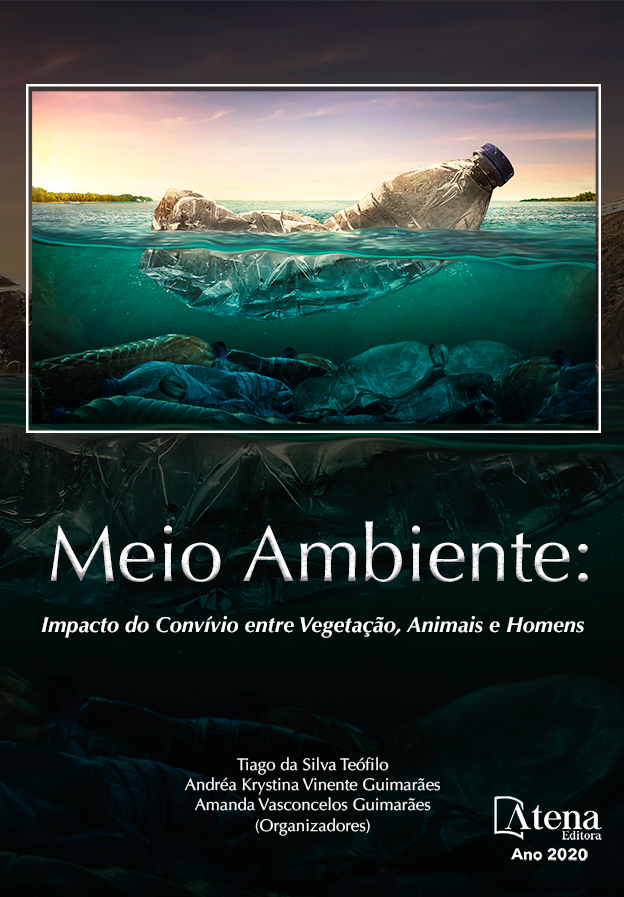
ANÁLISE DA ARBORIZAÇÃO NO CENTRO URBANO DA CIDADE DE BARREIRAS – BAHIA: UM RECORTE AMOSTRAL
A arborização de áreas urbanizadas proporciona uma série de vantagens, redução dos efeitos da poluição, absorção de parte dos raios solares, proteção contra o impacto direto dos ventos, redução do impacto das gotas da chuva sobre o solo, minimização dos processos erosivos e ornamentação da cidade, além de fornecer abrigo e alimento para a fauna local. Considerando a arborização urbana e seu planejamento, os objetivos deste estudo foram analisar o processo de arborização urbana da cidade de Barreiras – Bahia, além de, identificar árvores nativas e exóticas e entender quais são as interferências do cultivo desses indivíduos no espaço urbano. A pesquisa delineou-se por uma abordagem quali-quantitativa em que os indivíduos arbóreos foram considerados de acordo com sua origem e interferência no espaço urbano. O estudo delimitou seu objeto de análise em quatro locais do Bairro Central em razão da sua localização, transito de veículos e pedestres e histórico urbano. O estudo constatou a presença total de 160 indivíduos distribuídos na Praça Castro Alves, Rua Coronel Magno, Rua Professora Guiomar Porto e Travessa Primeiro de Maio, no qual foram identificadas mais árvores exóticas que nativas, com destaque para a espécie Licania tomentosa, conhecida popularmente por oiti. Considera-se imperativo o conhecimento vegetativo da espécie a ser estabelecida pelo órgão público municipal como forma de evitar posterior perturbação na fiação elétrica, rompimento dos passeios públicos (calçadas) e danos estruturais no entorno das edificações conforme verificado na pesquisa.
ANÁLISE DA ARBORIZAÇÃO NO CENTRO URBANO DA CIDADE DE BARREIRAS – BAHIA: UM RECORTE AMOSTRAL
-
DOI: 10.22533/at.ed.81820261014
-
Palavras-chave: Planejamento; Cultivo; Espaço urbano; Árvores; Conhecimento vegetativo.
-
Keywords: Planning; Cultivation; Urban space; Trees; Vegetative knowledge.
-
Abstract:
The afforestation of urbanized areas provides a series of advantages, reducing the effects of pollution, absorbing part of the sun's rays, protecting against the direct impact of winds, reducing the impact of raindrops on the soil, minimizing erosion processes and ornamentation of the city, in addition to providing shelter and food for the local fauna. Considering urban afforestation and its planning, the objectives of this study were to analyze the urban afforestation process in the city of Barreiras – Bahia, in addition to identifying native and exotic trees and understanding what are the interferences of the cultivation of these individuals in the urban space. The research was outlined by a qualitative and quantitative approach in which tree individuals were considered according to their origin and interference in the urban space. The study delimited its object of analysis in four locations in Bairro Central due to its location, vehicle and pedestrian traffic and urban history. The study found the total presence of 160 individuals distributed in Praça Castro Alves, Rua Coronel Magno, Rua Professora Guiomar Porto and Travessa Primeiro de Maio, in which more exotic than native trees were identified, with emphasis on the species Licania tomentosa, popularly known for oiti. It is considered imperative the vegetative knowledge of the species to be established by the municipal public agency as a way to avoid subsequent disturbance in the electrical wiring, disruption of public sidewalks (sidewalks) and structural damage around the buildings as verified in the research.
-
Número de páginas: 9
- Janderson Hiago Guimarães dos Santos Rodrigues
- FABIO DE OLIVEIRA


